I hope some of you have had a chance to read the story that I’m analyzing today. Connie Willis is a supremely skilled writer of SF fiction, and I have a personal preference for her short works.
Like the Yolen story, this is science fiction. No spaceships. No aliens. But it is set in a future, speculative Earth where some religious upheaval has changed the nature of the religious social structure in our country. And, as Willis herself prefaces the tale, its inspiration comes from the story of Jacob and Esau, where Esau is red and hairy, and Jacob steals Esau’s inheritance. Postulating 1. a wild, end-time madness among future fundamentalist and Charismatic communities that turns violent and forces mainline churches to band together ecumenically for survival and 2. that humans are “kin” to the hairy, red primates who can be taught sign language communication and perhaps…more…we get “Samaritan.”
STORY OVERVIEW:
 Rev. Hoyt, is asked by his kinetic female asst. pastor , Natalie Abreu, to baptize Esau, an orangutan who does janitorial duties at the church when on leave from the preserve where the nearly extinct creatures are bred and studied. When Hoyt asks Natalie how she knows the ape wishes to be baptized, she answers that Esau has observed a confirmation class and signed, “I would very much like to be God’s beloved child, too.”
Rev. Hoyt, is asked by his kinetic female asst. pastor , Natalie Abreu, to baptize Esau, an orangutan who does janitorial duties at the church when on leave from the preserve where the nearly extinct creatures are bred and studied. When Hoyt asks Natalie how she knows the ape wishes to be baptized, she answers that Esau has observed a confirmation class and signed, “I would very much like to be God’s beloved child, too.”
In a particularly important and nicely crafted scene, Rev. Hoyt, knowing Natalie is hyper-enthusiastic, suspects she exaggerates the minimal signs Esau is capable of forming; that, in fact, the baptism is Natalie’s new pet project, so to speak. Natalie, after all, already forces Esau to sit in unatural (for him) postures, and has attempted to dress and shoe him. While interrogating Esau, the orangutan answers that, yes, he loves God. Hoyt suspects Natalie of coaching the ape. He continues to interrogate, asking Esau if he loves God. Esau makes a clumsy signing of letters…S…a…m…. Natalie says it’s Samaritan. Esau has recently learned the story of the Good Samaritan, she explains. Esau again signs: S…a…m…a..r…i…t…a…n. Observing both Natalie and Esau, Hoyt suspects that Natalie is imposing her will on the animal, and Esau is merely pleasing his human teacher.
Hoyt decides to ponder the matter, not simply dismiss it out of hand as ludicrous.
He starts closely watching Esau, who swings from the high beams, dusting the church, listening to humans below. Ladders are unsafe with the large windows, and Esau doesn’t need them to do this job. He’s built for heights and swinging.
Hoyt prepares for a sermon on humility he thinks Natalie needs to hearâa key text being Psalm 73, with this quote: “But as for me, my feet had almost stumbled, and my steps had well-nigh slipped. I was stupid and ignorant. I was like a beast toward thee. ” He consults with his bishop, who’s gotten wind of the rising controversy over animal baptism. Her advice: Deny it as indoctrination. But Rev. Hoyt says that any argument against baptizing Esau would apply to his congregation: “He’s lonely. He needs a strong father figure. He likes the pretty robes and candles. Instinct. Conditioning. Sexual sublimation.” Even doing it to please Natalie compares to some humans who seek to please others by acting religiously. The bishop tells Hoyt that the “hodge-podgey” Ecumenical Church can do nothing but leave it in his hands: he must decide and take the flak either way.
Hoyt talks to the guy from the animal preserve, who can only say that Esau has been very happy since he started working at the church, avoiding the neuroses that older male orangutans are prey to, and the preserve likes happy apes, because happy apes breed. Letters of complaint or support for the baptism pour in. One older congregant says she sees Esau fold his hands and bow his head during prayer time in service. Rev. Hoyt dreams of Esau as a saint. He starts to wonder what Jesus would say, would do.
Then he considers something: The other famous Samaritan. Could Esau, in signing out the word have meant not the Good Samaritan tale, but the woman at the well, the outcast. Hoyt has an epiphany wihle conversing with his bishop: “I have thought all along that the reason he wanted to be baptized was because he didn’t know that he wasn’t human. But he knows. He knows.” The bishop agrees with his assessment.
But Esau, who has been mimicking human behavior (sitting straight,), has been using a ladder ill-suited to his frame for his chores. And he has fallen. As the ape lays dying, Hoyt signs to Esau, to comfort him: “Esau God’s child.” Esau counters with the letters s…a…m… Hoyt stops him. Insists Esau is God’s child and makes the sign for “love.” Esau is too broken physically to make the sign back, though he attempts it. Hoyt decides to baptize the ape. Esau dies.
Natalie is humbled (what the sermon did not do, Esau’s death accomplishes). She realizes she was forcing him to dress and act human, and that led to his demise. Her energetic light dims with her sense of guilt. Hoyt comforts her, and he tells her, “God chooses to believe that we have souls because He loves us. I think He loved Esau, too.” With just the right compliments, he encourages her to be herself again. And Hoyt shows he himself has changed, become more flexible, by dressing differently to please herâreminiscent, in that last moment, of Esau.
Is It CSF?
“Samaritan” is a story with humor and also with some very touching moments. It’s the kind of story that makes me weep, and that is part of its effectiveness, since we are supposed to weep for Esau. But is it Christian SF?
 Well, there is a worldview that believes in God, has a church setting with church rituals (baptism, confirmation) and with clergy. There is discussion of theological issuesâGod’s love, the prerequisites for baptism, religious outcasts, religious conflict (the liberals versus the Charies). Bible verses are used to illuminate (and direct) the theme and plot. By Angela Hunt’s briefer criteria, it pases. By Martin LaBar’s, I think it also passes.
Well, there is a worldview that believes in God, has a church setting with church rituals (baptism, confirmation) and with clergy. There is discussion of theological issuesâGod’s love, the prerequisites for baptism, religious outcasts, religious conflict (the liberals versus the Charies). Bible verses are used to illuminate (and direct) the theme and plot. By Angela Hunt’s briefer criteria, it pases. By Martin LaBar’s, I think it also passes.
Does it pass mine? It does.
I am not happy with some elements of it: I think that the “picking on the fundies” thing is a scosh over-the-top and unkindly. I think the last scene statement about “God chooses to believe we have souls because He loves us” is, upon the most cursory examination, a highly troublesome statement. God doesn’t have to believe. He knows. He know if we do or do not have souls. And that is one of the weakest parts of a very good, moving, fascinating story: Demoting God to one of us.
All along, the story is about raising up an outcastâanother speciesâ to a position of acceptance and being loved and honored by humans-on the chance that God loves him, too. That, while a bit wacky, is presented so kindly, that we root for Esau to be baptized, because we see evidence of love for God and true faith in this “lesser being.” Leaving it to God to decide is fine with me in this context and doesn’t offend me as it might under another less skilled presentation.
But the condescending and scornful way that Willis presents fundamentalists/charismatics is a violation of the spirit of the main part of the story.
Still, it fits with the pride vs. humility part. In the story, endtime fervor rises to such a state that fundamentalists decide to declare the Rapture already here . They go on rampage after The Beast, which is an excuse in the story to attack liberal churches. Granted, there is antipathy between liberal and funamentalists. We see them as losing grip on orthodoxy and compromising with the depravity of the culture, in part becoming non-Christian in doctrine. They see us as narrow-minded and uneducated and focused on the letter of the Bible to such an extent that we are isolationist and judgmental. Postulating an extrapolationâall out warâis one of the speculative fictional techniques. But Willis is judgmental of Charies, and becomes a victim to what she decries in the storyâlooking down on another group as “outsider” and “not like us.”
But that doesn’t bother me as much as that “God chooses to believe” bit, which just seems to be some loony proverb created to fit the story idea. Never mind that it’s really silly: It violates orthodoxy. God is omniscient. Belief is not part of God’s being.He knows. Knows all. Knowing excludes believing. The dialogue feels as if it was put in there to sound good, but it makes no sense. None at all. It stopped me cold and made me go, “Huh?” You tell me what the heck that means.
That’s not traditional, orthodox, apostolic, Biblical Christian doctrine. And it’s just plain BAD logic.
However, taken overall, all its parts together, I would say this fits the Mir Manifesto. We must allow latitude in speculation, because the message is about more than the then-and-that. It’s about the here and now. Yes. This is Christian SF. And it’s a well-done tale, despite my quibbles.
What Can We Learn From it?
1. To be willing to take leaps, risks, as writers and readers: I suspect a great many Christians, if told a story debated the merits of baptizing an organgutan, would assume heresy, blasphemy, and who knows what all else and refuse to read it. I say, think of the impossible situation that makes you pay attention. Go for the long steps. Take the risk. Shine a light on some key doctrine without being predictable or easy. Make the reader stretch. Stretch yourself, too.
2. Make readers feel: Even with the parts of this story that might offend me (as I’m one of Willis’ targets, the fundies) or with which I doctrinally disagree (female bishops and pastors, baptizing animals, ridicule of pretrib/premillers) , she made me careâcare about a ditzy assistant pastor and a sweet orangutan. And she made me realize, by using speculative storytelling, how some people out there are made to feel by those of us who are quick to say, “No, you don’t belong here. You’re not good enough.” Samaritans continue to exist, and we must continue to say to them like Jesus did, “I have water for your thirst.”
3. Find inspiration in the Word of God: Read the key text for this story, Psalm 73, and you will see how much it influenced the plot. This story is a speculative variation on much of Psalm 73. What favorite Scripture passage can you take and re-imagine boldly and humanely and beautifully?
4. Be careful of demonizing the opposition: A weak spot in this story of tolerance and open-mindedness and love is the lack of tolerance and open-mindedness and love for “the enemy” that is the Charies (fundamentalist Charismatics). When you write your story, feel free to have enemies, but perhaps a character who gives insight to the enemy would be a good balance. Don’t lessen a story’s power by making snide, one-dimensional attacks on cultural groups you oppose. In this case, the humor aspect softened it. Humor allows for that. But if your story is serious, think twice before making the enemy just one big black wall of badness or lunacy or stupidity.
Please comment with your opinions on the story, on my analysis, on what else we can learn from it.
Feel free to answer any of the above questions? Also, does that bit of final dialogue bother you as it does me? How might it have been improved to suit the story and make sense doctrinally?
Next week: Another story comes under the Mircroscope.




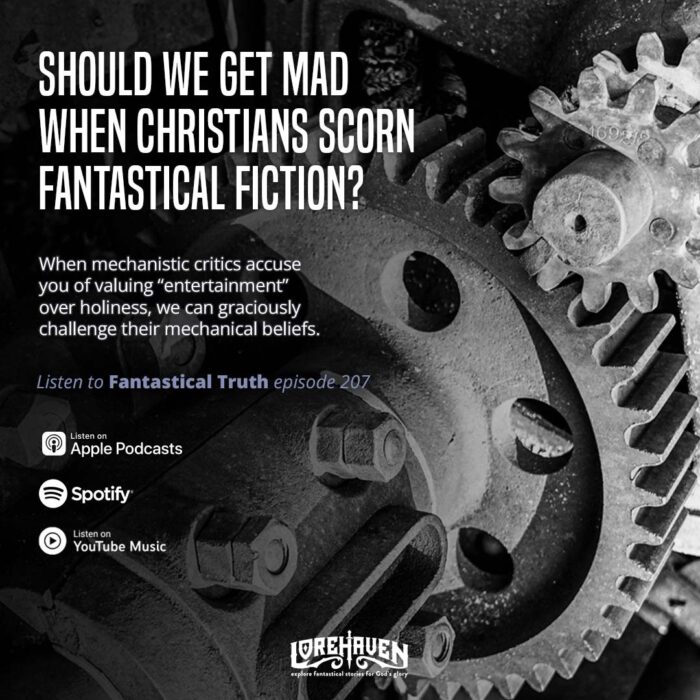


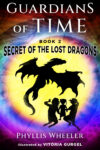

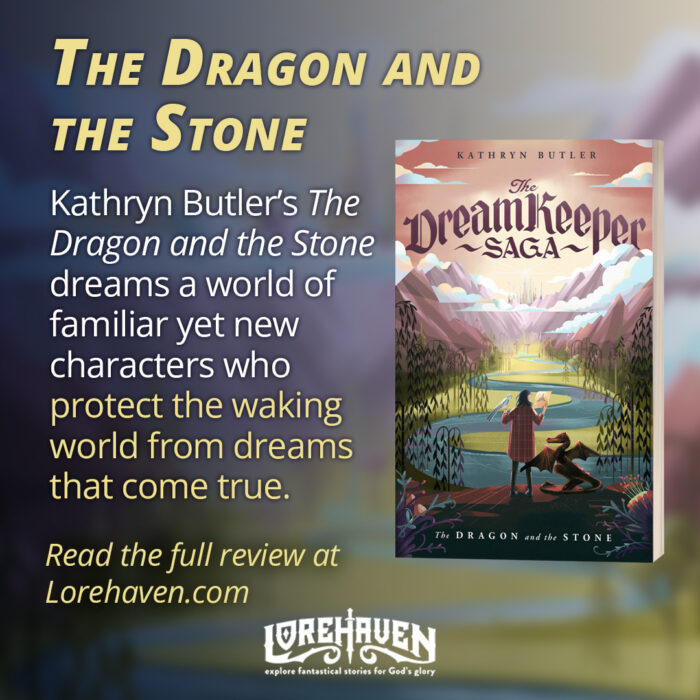


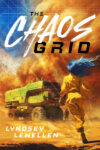

















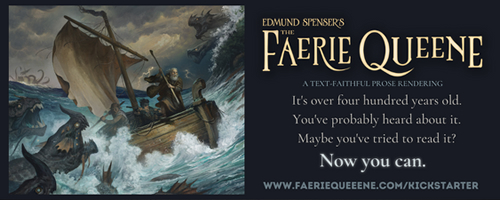

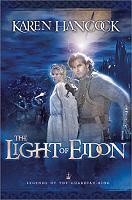
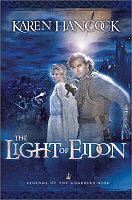

 Rev. Hoyt, is asked by his kinetic female asst. pastor , Natalie Abreu, to baptize Esau, an orangutan who does janitorial duties at the church when on leave from the preserve where the nearly extinct creatures are bred and studied. When Hoyt asks Natalie how she knows the ape wishes to be baptized, she answers that Esau has observed a confirmation class and signed, “I would very much like to be God’s beloved child, too.”
Rev. Hoyt, is asked by his kinetic female asst. pastor , Natalie Abreu, to baptize Esau, an orangutan who does janitorial duties at the church when on leave from the preserve where the nearly extinct creatures are bred and studied. When Hoyt asks Natalie how she knows the ape wishes to be baptized, she answers that Esau has observed a confirmation class and signed, “I would very much like to be God’s beloved child, too.” Well, there is a worldview that believes in God, has a church setting with church rituals (baptism, confirmation) and with clergy. There is discussion of theological issuesâGod’s love, the prerequisites for baptism, religious outcasts, religious conflict (the liberals versus the Charies). Bible verses are used to illuminate (and direct) the theme and plot. By Angela Hunt’s briefer criteria, it pases. By Martin LaBar’s, I think it also passes.
Well, there is a worldview that believes in God, has a church setting with church rituals (baptism, confirmation) and with clergy. There is discussion of theological issuesâGod’s love, the prerequisites for baptism, religious outcasts, religious conflict (the liberals versus the Charies). Bible verses are used to illuminate (and direct) the theme and plot. By Angela Hunt’s briefer criteria, it pases. By Martin LaBar’s, I think it also passes.



